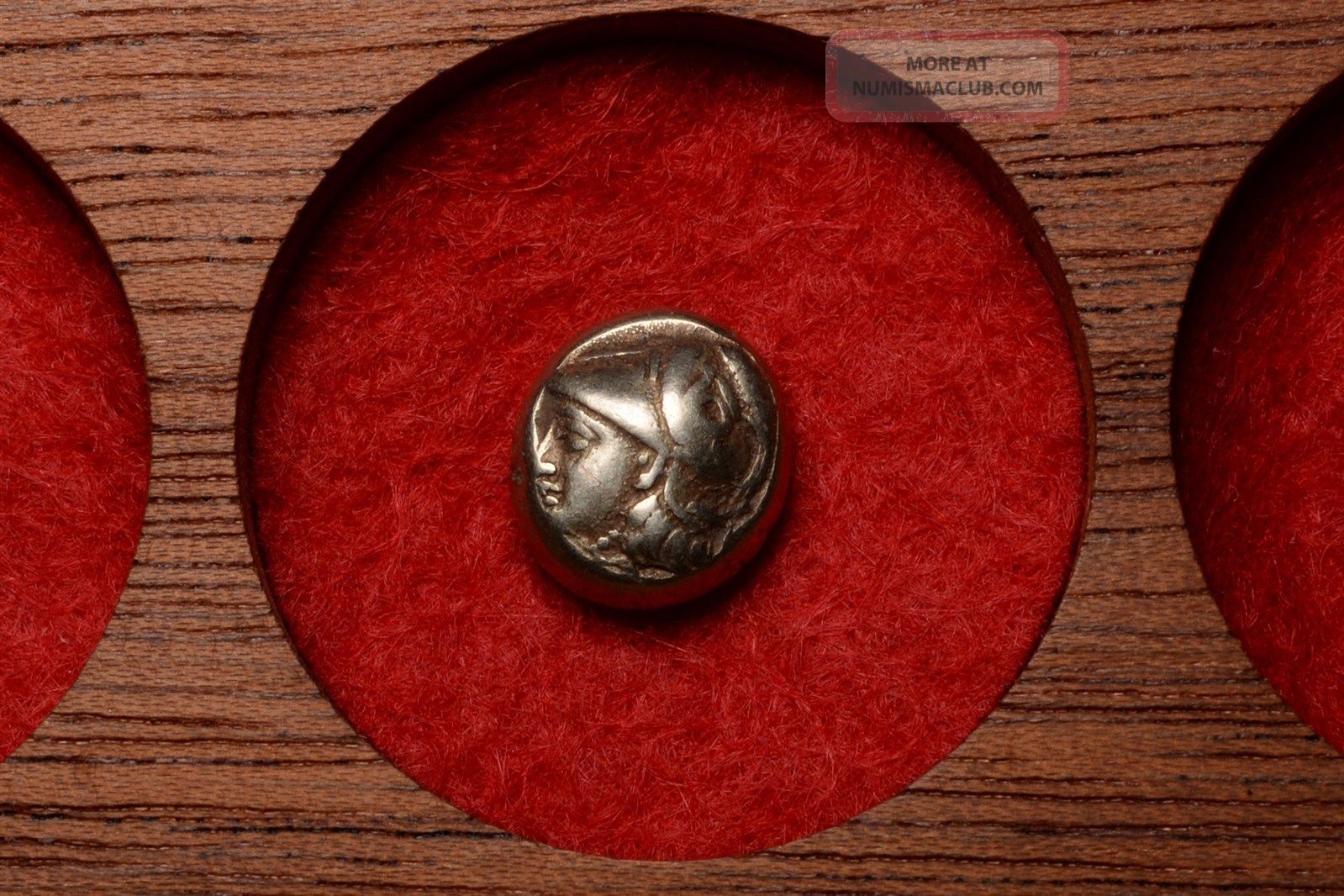

Then gold pieces are the large silver shillings, electrum pieces are the medium sized silver groats, and silver pieces are the ubiquitous silver pennies. Mapping platinum pieces to gold crowns makes the proportion of coins that are gold few enough to be believable. So how could coins in D&D be made more real world? If we change groats to being 2 to a shilling, and pennies to being 10 to a shilling, then the real world coins can map to D&D coins like this: By the way, from all that we can work out that gold was worth about 22.7 times it's weight in silver, call it 20 times for convenience. The historical sovereign was equal to 4 crowns, a crown equal to 5 shillings, a shilling equal to 12 pennies, a groat (or great penny) worth a third of a shilling, and a farthing worth a quarter of a penny. The more common coins are much smaller, the silver penny is 1/32nd of a D&D coin and silver farthings are 1/128th of one, so small they're rare finds today because metal detectors have trouble noticing them! But even the larger silver coins like the shilling are a bit over a third the size of a D&D coin, and a gold crown are 1/12th of one. So you're going to get a pretty wide range of sizes. B/X says there are 10 coins to a pound, which makes each weigh an enormous 45g! Here's a range of typical historical coin weights for comparison:Ĭoins were worth the precious metal in them, so if a coin's worth 12 times another of the same metal it'll be 12 times the size. Platinum was never used for coins and when the Spaniards found it in gold in the Americas they treated it as an impurity to be removed. But it also wasn't used in the middle ages because metal refining had improved.

Electrum was a naturally occurring alloy of gold and silver, used in the ancient world for some of the first coins.

The metal simply didn't have enough value for coins by the middle ages, they'd be too big. Lower value coins were usually still silver only smaller, sometimes just the standard silver coin literally chopped into halves or quarters.Ĭopper coins (including alloys such as brass and bronze where it's mixed with other metals) were used in ancient times but not much after that. Throughout the middle ages most coins were silver in various sizes, with the less circulated high value coins in gold. There's a lot of ways coins in D&D aren't very believable. I've been doing some looking into real world medieval coins lately to see how it could be applied to B/X and BECMI D&D.


 0 kommentar(er)
0 kommentar(er)
